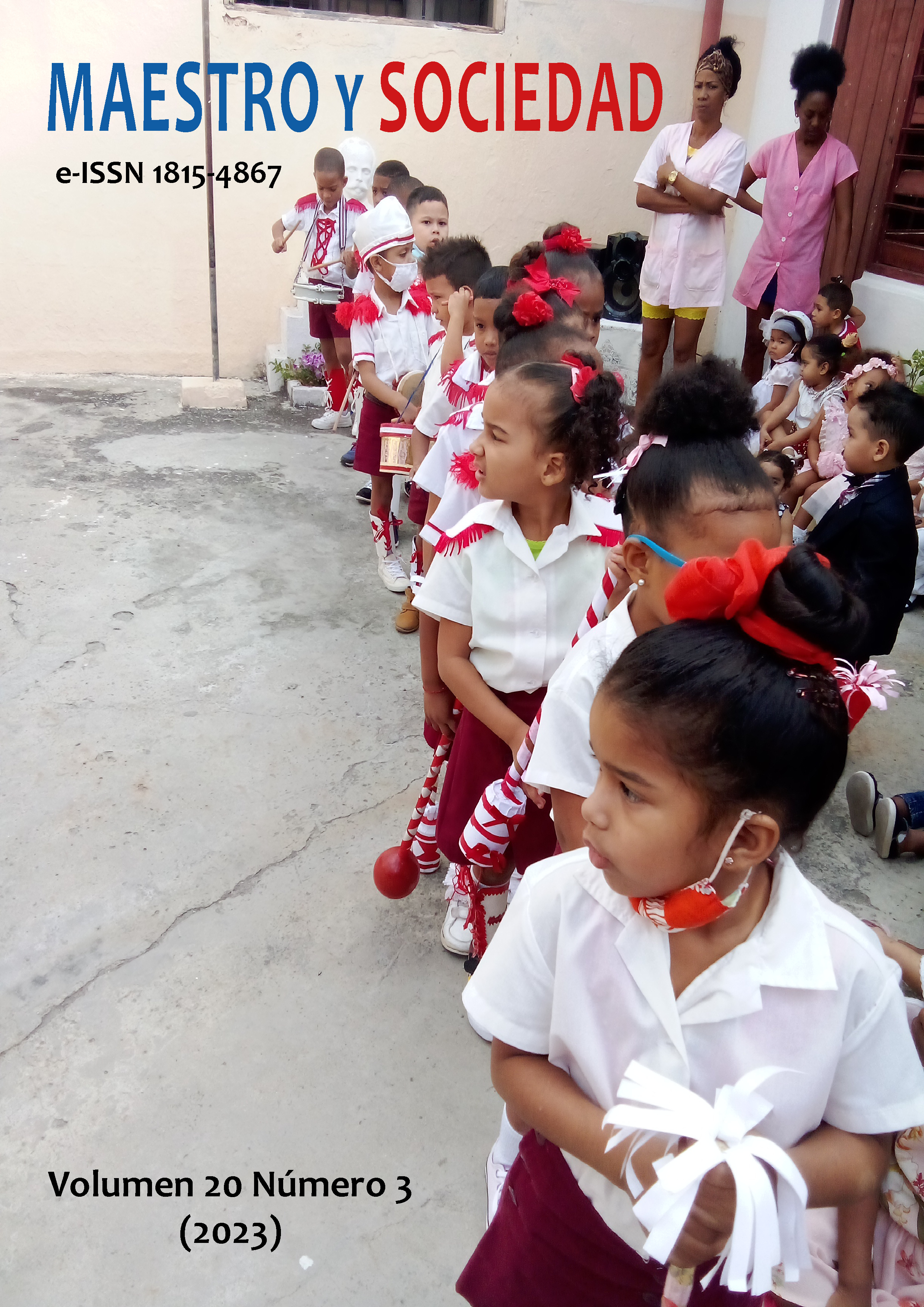Systematic review of the profitability and costs applied for heavy transport in Ecuador
Systematic review of the profitability and costs applied for heavy transport in Ecuador
Keywords:
Profitability, logistics, heavy load, transportationAbstract
Introduction: In this research, the factors that can influence the profitability of heavy freight transport companies are analyzed, carrying out a systematic review of the variables associated with the subject of study: logistics, profitability, technology and important indicators to confront the drawbacks of productivity in transport, to know the problems on this topic. Materials and methods: For the preparation of this research work, it was required to apply methods and techniques with which content can be obtained from primary and secondary sources for the collection of information. The research modality is of a mixed type (quantitative) since statistics of cargo transport companies and qualitative elements such as the literature review of the works associated with the subject of study were analyzed. Results: The main factors that directly affect performance in heavy cargo transportation are operating costs, which are made up of the following items: capital costs, fuel, lubricants, as well as operational and maintenance costs. In addition to this, external factors such as economic crises, government policies and pandemics can be included. Discussion: The current business environment in the transportation sector is changing rapidly and is becoming extremely complex as a result companies must develop and use technologies that facilitate appropriate responses to customer requests and thus organize cargo delivery in a manner efficient. Conclusions: Concluding that logistics and technology are the most relevant variables that can generate high costs in the heavy load transport sector.
References
Carter, J., & Ferrin, B. (1996). Transportation Costs and Inventory Management: Why Transportation Cost Matter. Production and Inventory Management Journal, 37(3), 58–62.
Chang, H., & Meyerhoefer, C. D. (2021). COVID ‐19 and the Demand for Online Food Shopping Services: Empirical Evidence from Taiwan. American Journal of Agricultural Economics, 103(2), 448–465. https://doi.org/10.1111/ajae.12170
Chatfield, D. C., Hayya, J. C., & Cook, D. P. (2013). Stockout propagation and amplification in supply chain inventory systems. International Journal of Production Research, 51(5), 1491–1507. https://doi.org/10.1080/00207543.2012.697205
Conrad, J. L. (2021). Evaluating profitability of individual timber deliveries in the us south. Forests, 12(4). https://doi.org/10.3390/f12040437
Cortés, M. E. C., & León, M. I. (2004). Generalidades sobre Metodología de la Investigación Generalidades sobre Metodología de la Investigación. Universidad Autónoma Del Carmen, Campeche. (Primera Edición), 1–105.
Czinkota, M., Kaufmann, H. R., & Basile, G. (2014). The relationship between legitimacy, reputation, sustainability and branding for companies and their supply chains. Industrial Marketing Management, 43(1), 91–101. https://doi.org/10.1016/j.indmarman.2013.10.005
Dahan, N. M., Doh, J. P., Oetzel, J., & Yaziji, M. (2010). Corporate-NGO collaboration: Co-creating new business models for developing markets. Long Range Planning, 43(2–3), 326–342. https://doi.org/10.1016/j.lrp.2009.11.003
Daim, T. U., Rueda, G., Martin, H., & Gerdsri, P. (2006). Forecasting emerging technologies: Use of bibliometrics and patent analysis. Technological Forecasting and Social Change, 73(8), 981–1012. https://doi.org/10.1016/j.techfore.2006.04.004
Deepa, N., Pham, Q.-V., Nguyen, D. C., Bhattacharya, S., Prabadevi, B., Gadekallu, T. R., Maddikunta, P. K. R., Fang, F., & Pathirana, P. N. (2022). A survey on blockchain for big data: Approaches, opportunities, and future directions. Future Generation Computer Systems, 131, 209–226. https://doi.org/10.1016/j.future.2022.01.017
Lasserre, F. (2014). Case studies of shipping along Arctic routes. Analysis and profitability perspectives for the container sector. Transportation Research Part A: Policy and Practice, 66(1), 144–161. https://doi.org/10.1016/j.tra.2014.05.005
Ledesma, F., & Malave González, B. E. (2022). Patrones de comunicación científica sobre E-commerce: un estudio bibliométrico en la base de datos Scopus. Región Científica, 1(1), 202213. https://doi.org/10.58763/rc202214
Merika, A., Theodoropoulou, S., Triantafyllou, A., & Laios, A. (2015). The relationship between business cycles and capital structure choice: The case of the international shipping industry. Journal of Economic Asymmetries, 12(2), 92–99. https://doi.org/10.1016/j.jeca.2015.04.001
Ministerio de Transporte y Obras Públicas. (2022). Estadísticas Portuarias y de Transporte Marítimo 2021 (Vol. 59).
Santana González, Y., Sagaró del Campo, N. M., & Valdés García, L. E. (2021). Percepción de riesgo vs Covid-19 en centros hospitalarios de Santiago de Cuba. Revista Universidad y Sociedad, 13(4), 195-206. https://rus.ucf.edu.cu/index.php/rus/article/view/2157/2138
Downloads
Published
How to Cite
Issue
Section
License
Copyright (c) 2023 Wendy Esthela Wasbrum Tinoco, Wilfrido Giovanny Wasbrum Tinoco, Margarita Palma Samaniego, Benjamín Wilson León Valle

This work is licensed under a Creative Commons Attribution-NonCommercial-NoDerivatives 4.0 International License.
This journal provides immediate open access to its content, based on the principle that offering the public free access to research helps a greater global exchange of knowledge. Each author is responsible for the content of each of their articles.


























 Universidad de Oriente
Universidad de Oriente 